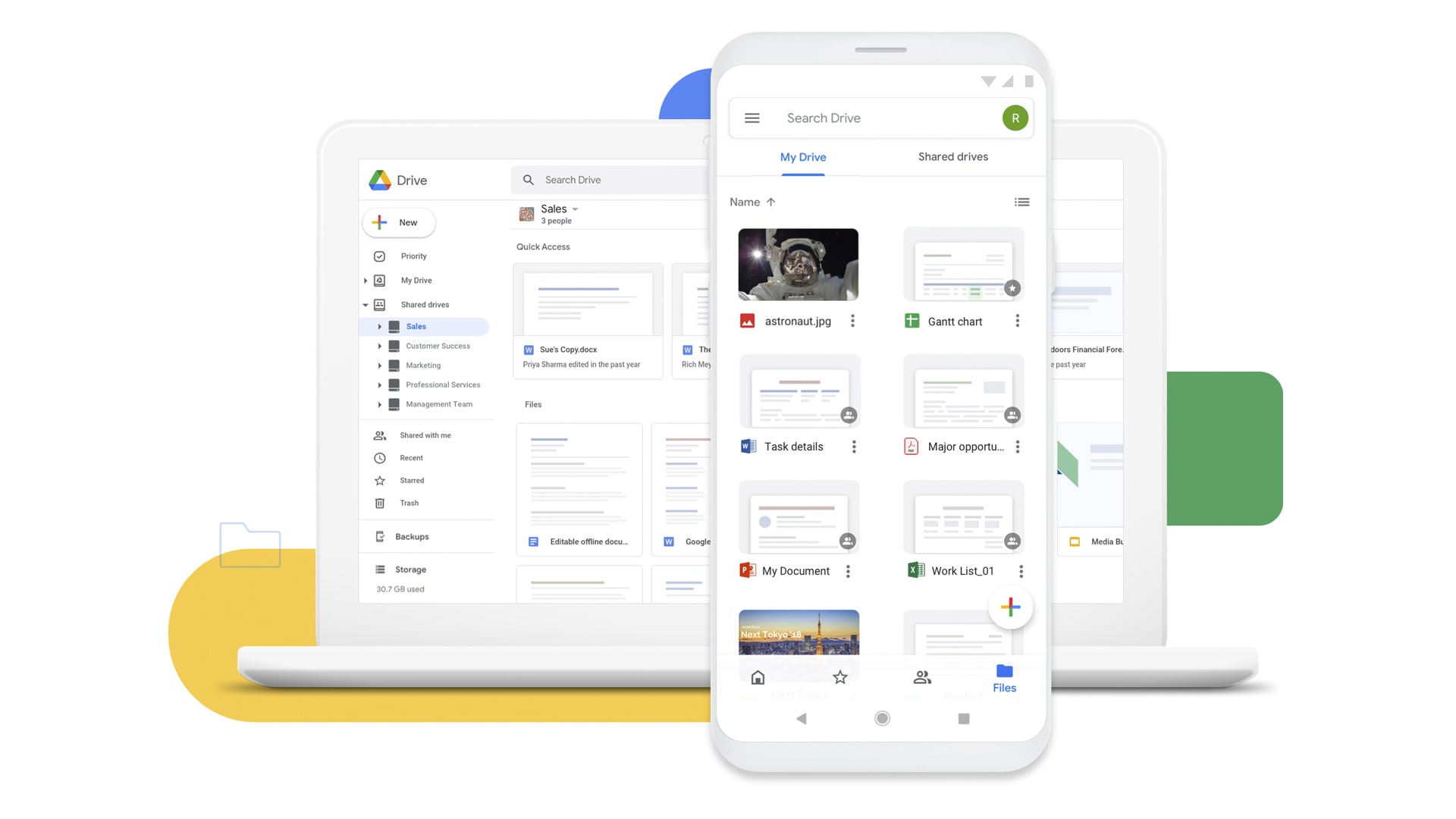Blended learning, also known as hybrid learning, is an educational approach that seamlessly combines online coursework and interaction with traditional classroom methods. Its main objective is to create an adaptable and dynamic learning experience that can be tailored to various educational settings, ensuring compatibility with different learning styles and needs.
In a blended learning model, learners usually spend most of their time learning online, accessing course materials such as video lectures, interactive simulations, and online discussions. The remaining time is spent in a traditional classroom setting where they interact in person with instructors and peers, participate in hands-on activities, and receive personalised guidance.
Blended learning offers a unique set of advantages that set it apart from traditional classroom-based or purely online learning. It fosters greater flexibility and personalisation, empowering learners to study at their own pace while still receiving individualised attention from instructors. Moreover, it creates opportunities for collaboration and interaction, which can significantly enhance student engagement and motivation.
Blended learning is a particularly effective approach for courses that require a balance of theoretical knowledge and practical skills. In the healthcare sector, for example, professionals can leverage blended learning to acquire foundational knowledge online and then apply these skills in simulated patient scenarios or during clinical rotations.
Blended learning has surged in popularity in recent years, with educational institutions of all levels, from primary schools to colleges to universities and corporate training programs, embracing its benefits. As technology continues to advance and online learning platforms become more sophisticated, blended learning is poised to play an even more significant role in shaping the future of education.




